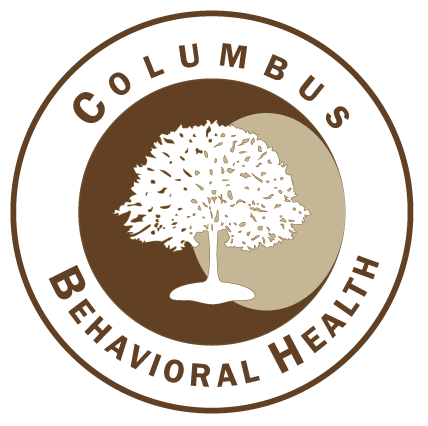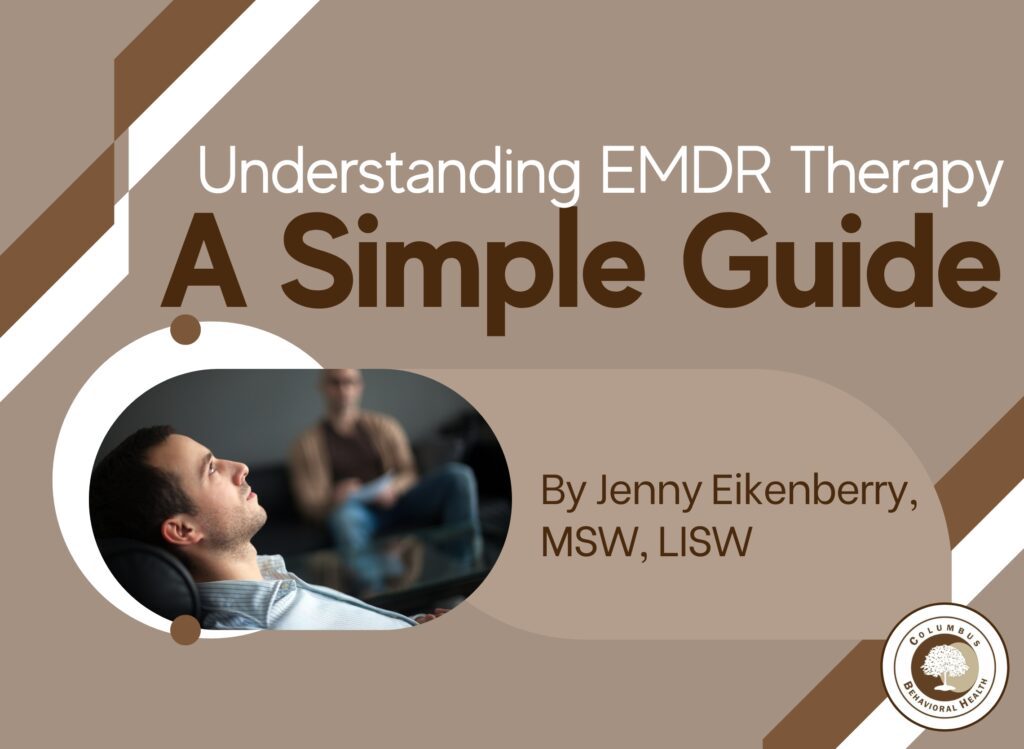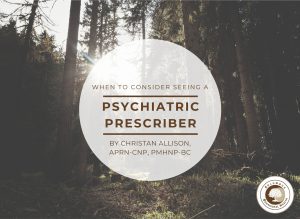When thinking about starting therapy, it’s natural to feel a bit uncertain about the different approaches available. One modality you might have heard of is Eye Movement Desensitization and Reprocessing, or EMDR. It might sound a little complex, but I’m here to break it down for you!
What is EMDR Therapy?
EMDR is a type of therapy that helps people process and heal from traumatic or distressing experiences. When something deeply upsetting happens, your brain might struggle to process the event completely. This can leave you feeling stuck, with memories, thoughts, or feelings about the event continuing to affect your daily life.
How Does It Work?
Think of your brain like a computer. Usually, it processes information smoothly, but sometimes, especially after a traumatic experience, a “file” can get stuck. EMDR helps to unstick these files by guiding your brain to reprocess the traumatic memory in a healthier way. During an EMDR session, you’ll be asked to focus on a specific memory while simultaneously paying attention to something else—like moving your eyes back and forth, listening to specific sounds, or feeling a gentle tapping. This process helps your brain process the memory without getting overwhelmed, reducing the emotional impact of the memory over time.
What Can You Expect?
EMDR doesn’t require you to talk in detail about the distressing event, which can be a relief for many people. Instead, your therapist will guide you through the memory while you focus on the external stimulus (like eye movements or tapping). Over time, the memory becomes less intense, and you may find it easier to think about without the same level of distress.
Who Can Benefit from EMDR?
EMDR is often used to help people who have experienced trauma, but it’s also effective for those dealing with anxiety, depression, phobias, and other emotional challenges. It’s a structured therapy that typically involves 8 phases, but the pace is personalized to fit your needs.
Why Choose EMDR?
If you’re looking for a therapy that can help you move past painful memories and reduce their impact on your life, EMDR might be a good fit. It’s a well-researched and effective approach that’s helped many people find relief from their emotional pain.
If you have any questions or think EMDR might be right for you, I’m here to talk more about how it could fit into your healing journey. Remember, therapy is a personal experience, and finding the right approach for you is what matters most. To schedule with Jenny Eikenberry, MSW, LISW or to learn more about EMDR Therapy with Jenny, please visit Jenny’s biography here.





